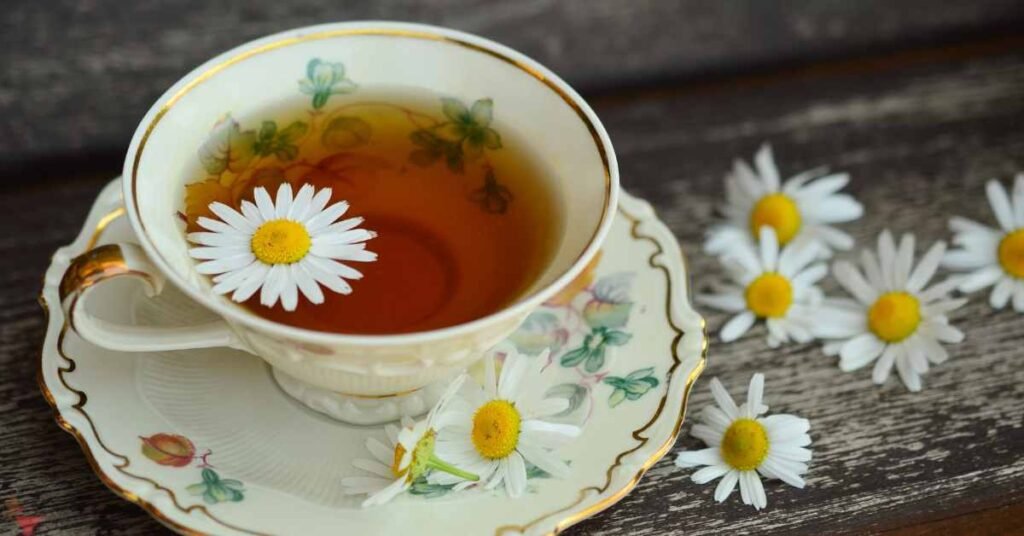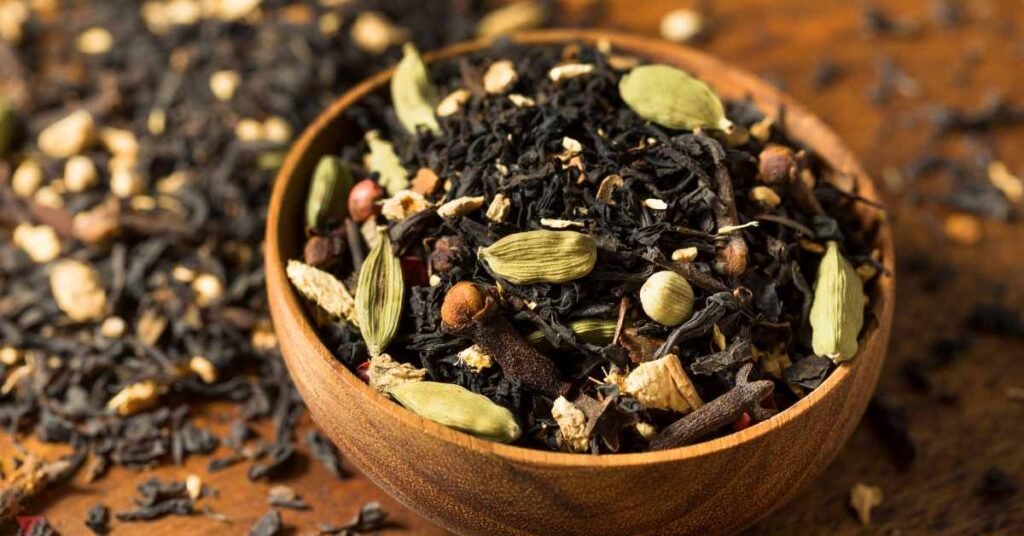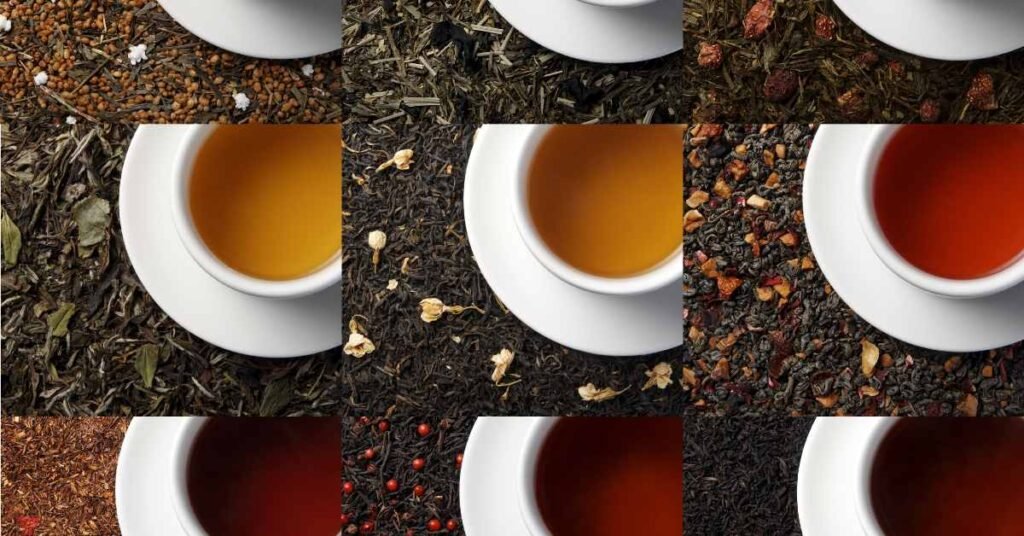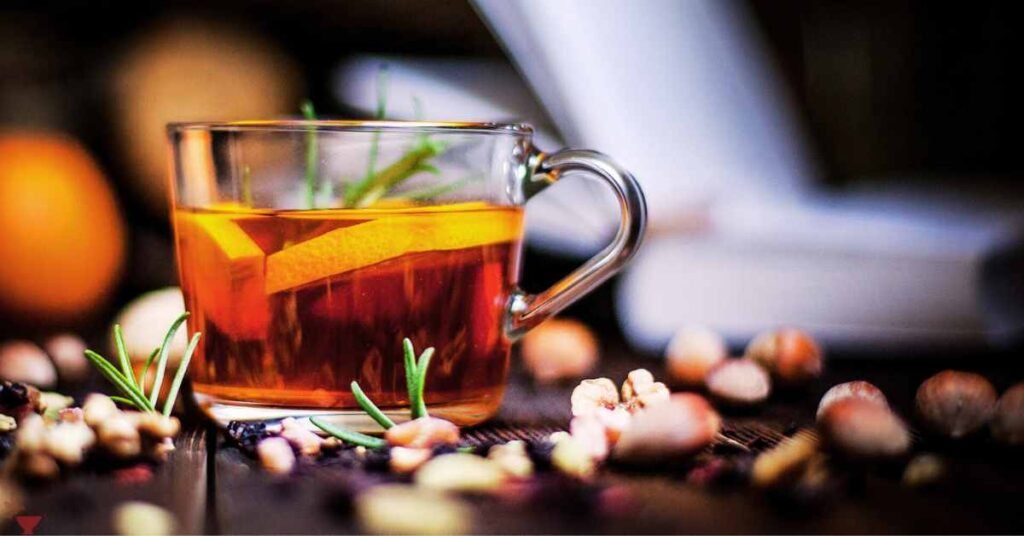If you’ve ever wandered down the tea aisle at your local grocery store or perused an online tea shop, you might have found yourself wondering, “Can I mix different teas together?”
The short answer is: absolutely! But before you dive into blending, let’s take a closer look at the types of teas we’re talking about and how to create a delicious, harmonious blend.
What Are True Teas?

First, let’s clarify what we mean by “true teas.” True teas all come from the Camellia sinensis plant and include four main types:
- Black Tea: Fully oxidized, resulting in a robust, bold flavor.
- Green Tea: Unoxidized, offering a fresh, grassy taste.
- White Tea: Minimally processed, delicate, and subtle in flavor.
- Oolong Tea: Partially oxidized, falling somewhere between black and green tea in terms of taste and strength.
Each type of true tea has its unique characteristics, and these can complement each other beautifully when blended correctly.
If you want to try a truly fascinating tea blend with unique flavor then go ahead and taste the creative mix of green tea and Assam, specially crafted by Hummingbird Tearoom.
The Art of Mixing Teas
Mixing different true teas can be an art form. It’s all about balance and experimentation. Here are some tips to get you started:
Consider Flavor Profiles:
- Black Teas: Pair well with other strong flavors. Try blending a robust Assam with a fragrant Darjeeling for a complex, multi-layered cup.
- Green Teas: Work well with delicate flavors. Combine a light Sencha with a floral Jasmine Green for a refreshing experience.
- White Teas: Subtle and mild, they can be overwhelmed easily, so pair them with other gentle teas. A blend of Silver Needle and White Peony can be both elegant and soothing.
- Oolong Teas: These versatile teas can match with a range of flavors. An Oolong and Green tea blend can offer a fascinating mix of earthy and grassy notes.
Mind the Brew Time and Temperature:
Different teas require different brewing times and temperatures.
When blending, aim for a middle ground that suits both types.

For instance, if you’re mixing green and black tea, brew at a slightly lower temperature (around 180-190°F) to avoid burning the green tea.
Experiment with Ratios:
Start with small quantities to find the perfect balance. A 1:1 ratio is a good starting point, but don’t be afraid to tweak it. Maybe a 2:1 ratio of black to green tea creates the perfect strength for you.
Try Classic Combinations:
- Earl Grey Green Tea: Combine traditional Earl Grey (black tea with bergamot) with green tea for a lighter twist on a classic favorite.
- Green Oolong: Mix equal parts green tea and oolong for a blend that’s both light and aromatic, perfect for an afternoon pick-me-up.
Benefits of Mixing Teas
Why mix teas in the first place? Here are a few reasons:
- Customization: Create a tea that suits your exact taste preferences.
- Enhanced Flavor: Combining teas can result in unique, nuanced flavors that you won’t find in a single tea.
- Health Benefits: Different teas have different health benefits. Mixing them can offer a broader range of antioxidants, vitamins, and minerals in one cup.
Final Word

Mixing true teas can be a delightful journey of discovery.
Whether you’re a seasoned tea enthusiast or just beginning to explore, blending teas allows you to tailor your tea experience to your liking.
Remember, there are no strict rules – it’s all about finding what works for you.
So, grab your favorite teas, experiment, and enjoy the endless possibilities that come with mixing true teas together. Cheers to your next perfect cup!
MEDICAL DISCLAIMER
Itsnevernotteatime.com cannot and does not contain medical/health advice. The medical/health information is provided for general and educational purposes only and is not a substitute for professional advice.




